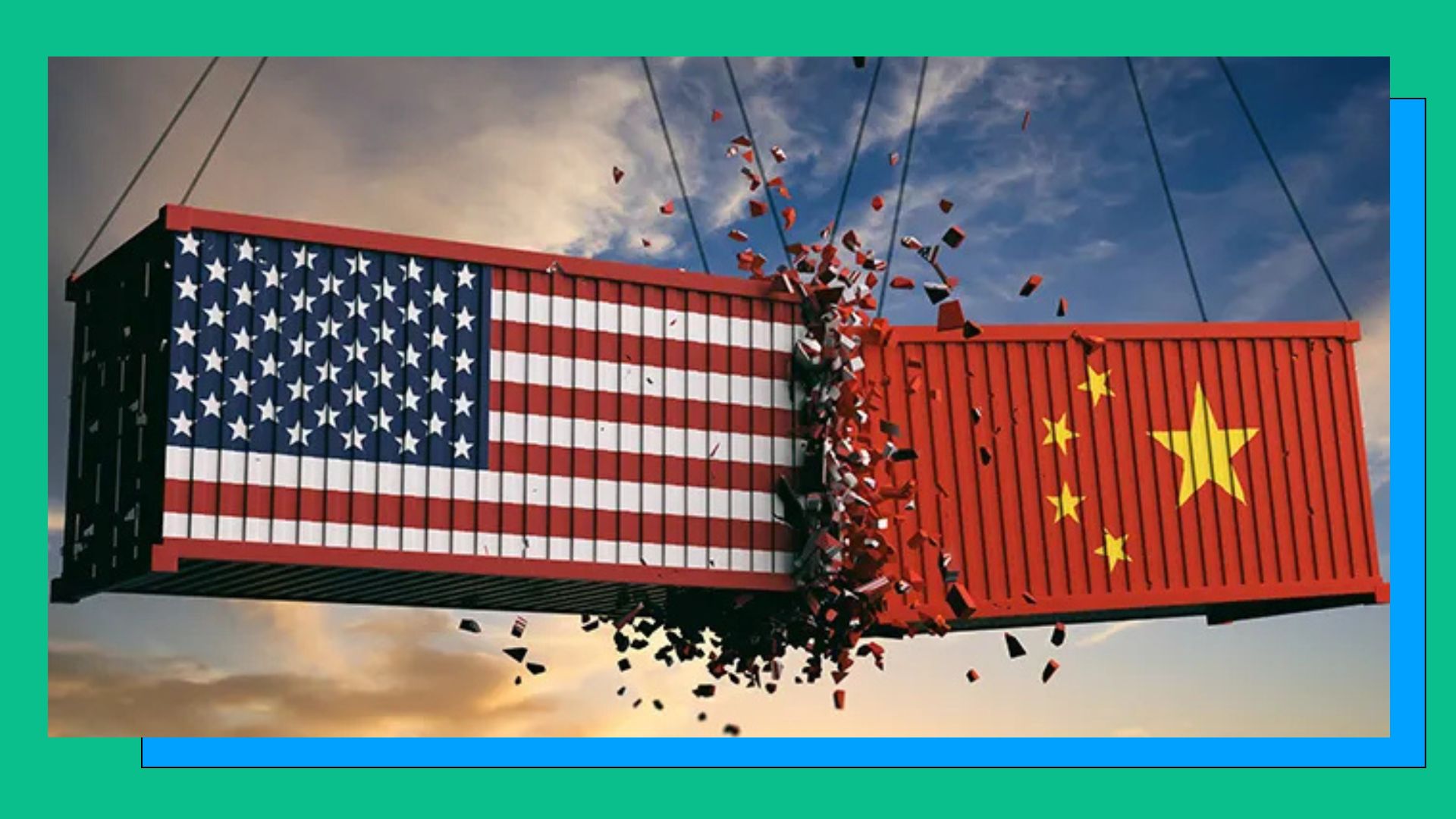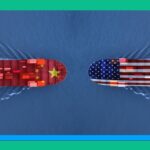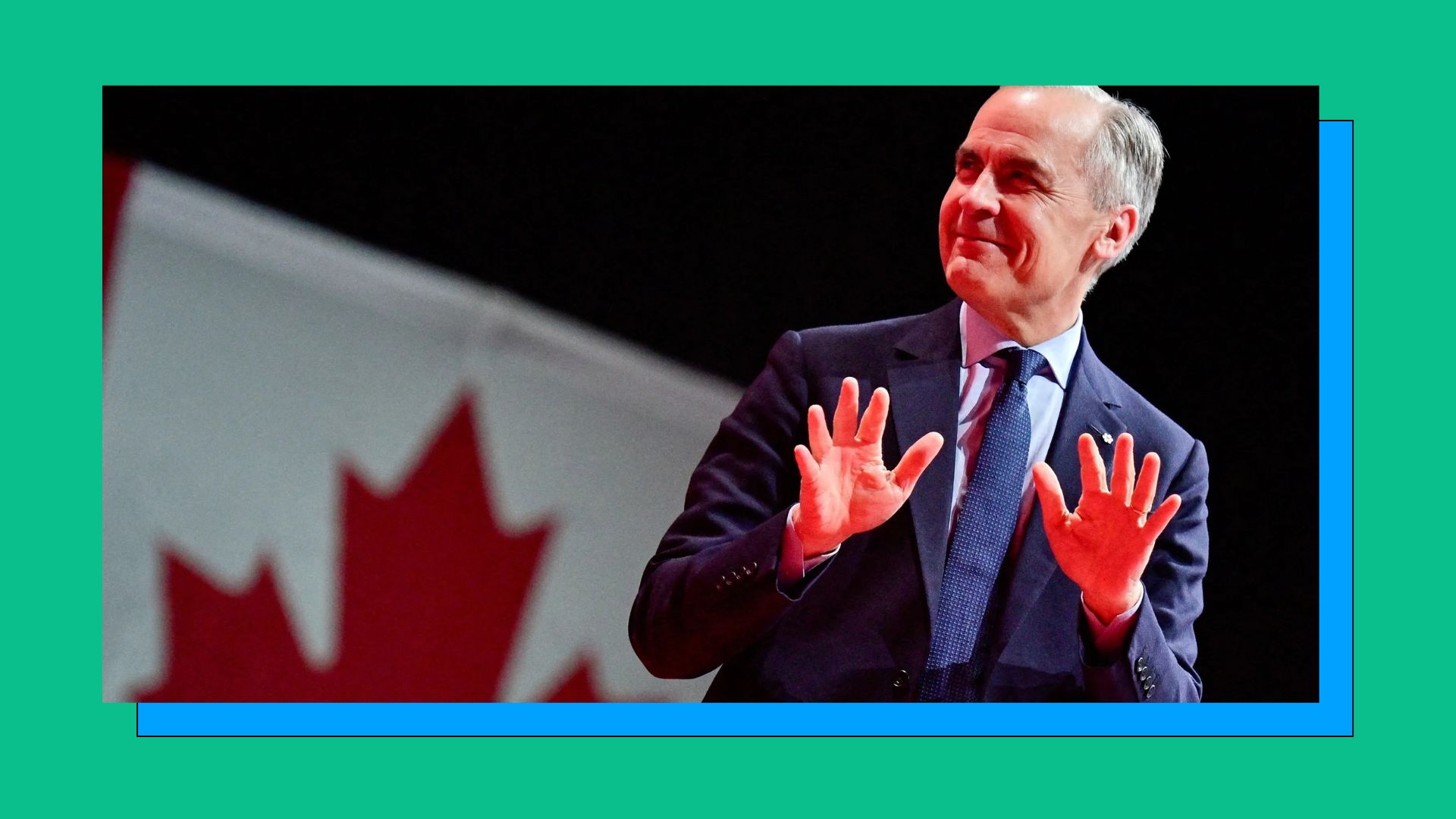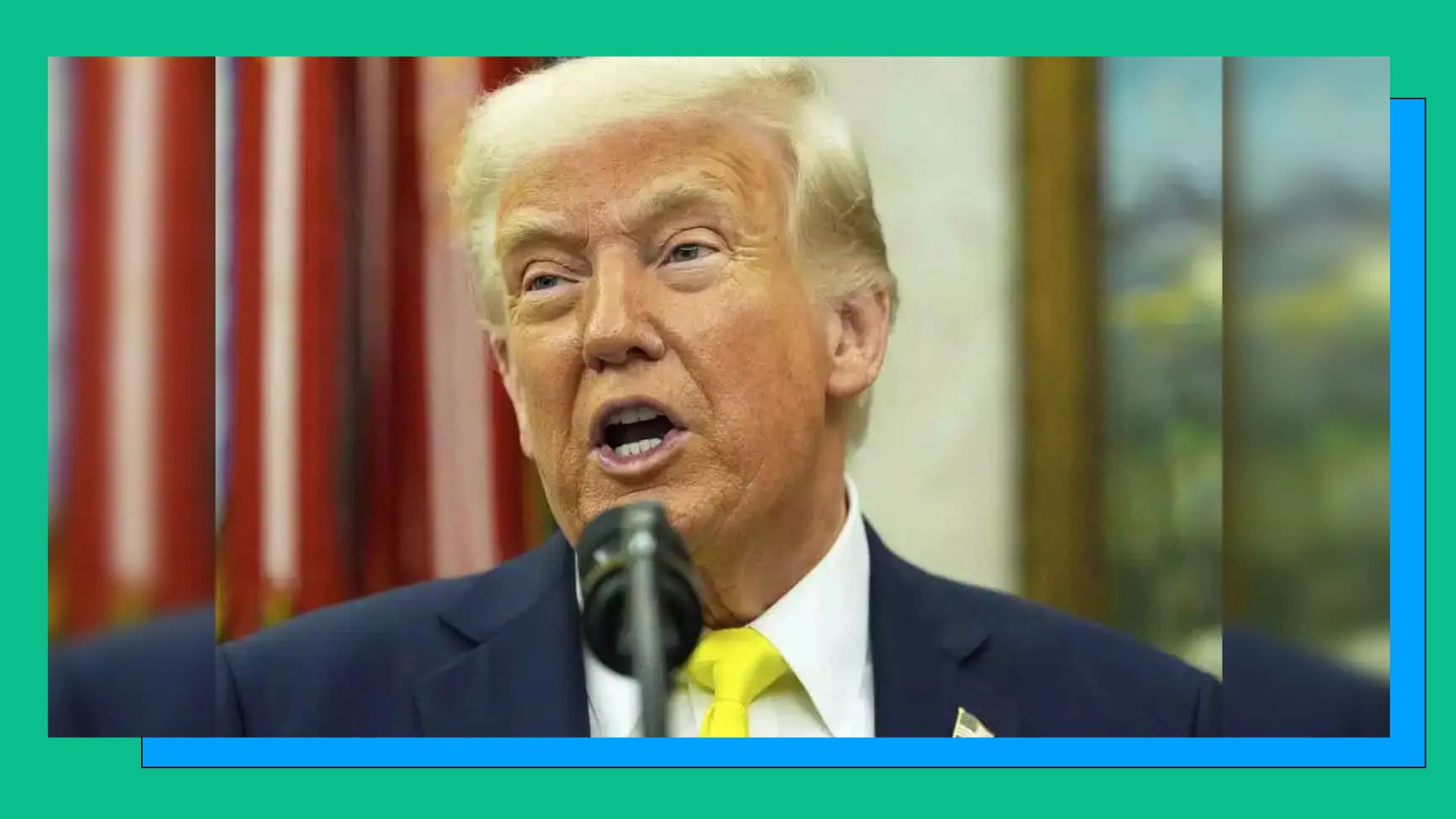After months of economic turbulence and market anxiety, the United States and China have agreed to a 90-day truce in their trade war, significantly reducing tariffs and calming global markets — but at a steep narrative cost.
This isn’t just a policy shift. It’s a masterclass in political spin.
The Punch Still Hurts — Just a Little Less
President Donald Trump’s decision to lower U.S. tariffs on most Chinese goods from 145% to 30% — in exchange for China reducing its own levies from 125% to 10% — has been touted by the White House as a major win. But the reality is far more nuanced.
Markets surged Monday, not because 30% tariffs are “good news,” but because investors feared something worse. After a brutal tariff rollout in early April, Wall Street had priced in economic damage. So when the pressure eased slightly, stocks popped in relief.
“This is like celebrating the fact that the house is only halfway on fire,” one analyst quipped.
Pain Persists Beneath the Headlines
Despite the detente, the economic fallout remains significant:
- Consumer prices are still expected to rise by nearly 2%, costing the average U.S. household around $2,800 this year
- 456,000 additional job losses are projected, potentially bumping unemployment up 0.4% by year’s end (Yale Budget Lab)
- GDP growth is expected to slow further, according to Nationwide’s chief economist Kathy Bostjancic
The administration’s additional austerity efforts — such as attempts to shrink government spending — are also expected to weigh down job growth and consumer activity.
Uncertainty Still Rules
Business leaders and economists remain frustrated with the unpredictable nature of Trump’s trade approach. Monday’s relief rally came with a heavy dose of skepticism.
“What are the chances that we have 90 days of calm ahead?” asked economist Justin Wolfers. “Today we have good news, but what would really be good news is if someone just took the button away from him.”
Markets may be rallying, but the underlying sentiment is one of exhaustion, not optimism.
Trump’s Narrative Victory
The Trump administration was quick to frame the tariff rollback as another notch in its belt, citing it alongside the recent “landmark” trade agreement with the United Kingdom — which, in fact, was not a signed deal, but merely an agreement to keep talking.
This style of negotiation — escalate, then partially walk back — creates a false sense of victory. Trump sparked the crisis, then offered a partial solution, painting himself as the firefighter after lighting the match.
“It’s a win,” one White House official claimed. “But only if you’re wearing MAGA-colored glasses.”
The Bigger Picture
The economic damage, though paused, is real — and not easily reversed. Companies have spent months adjusting supply chains, bracing for cost spikes, and navigating uncertainty. A 30% tariff is still painful. It’s just less catastrophic than 145%.
Whether this is the beginning of a resolution or just another pause in a cycle of chaos remains to be seen.












